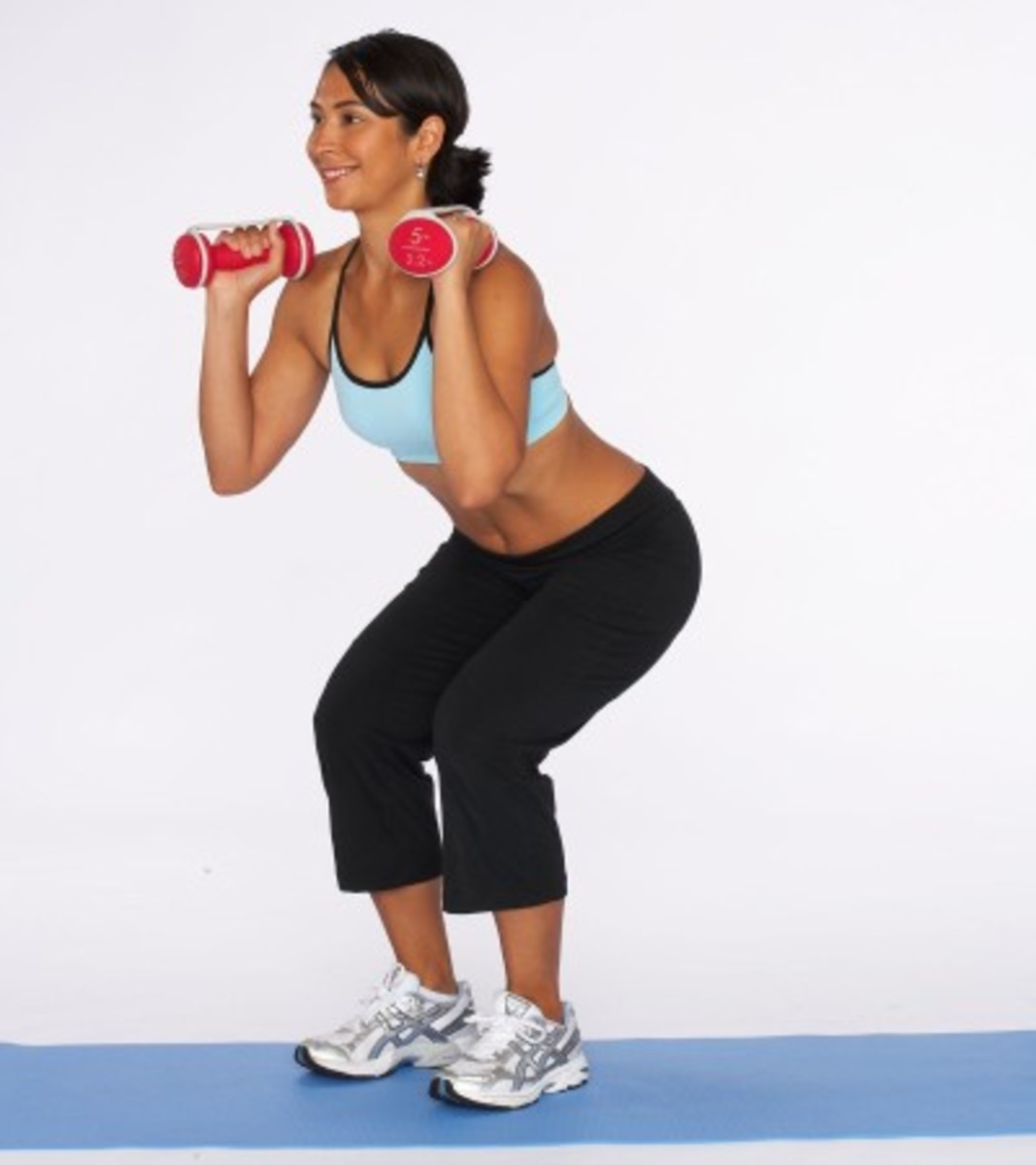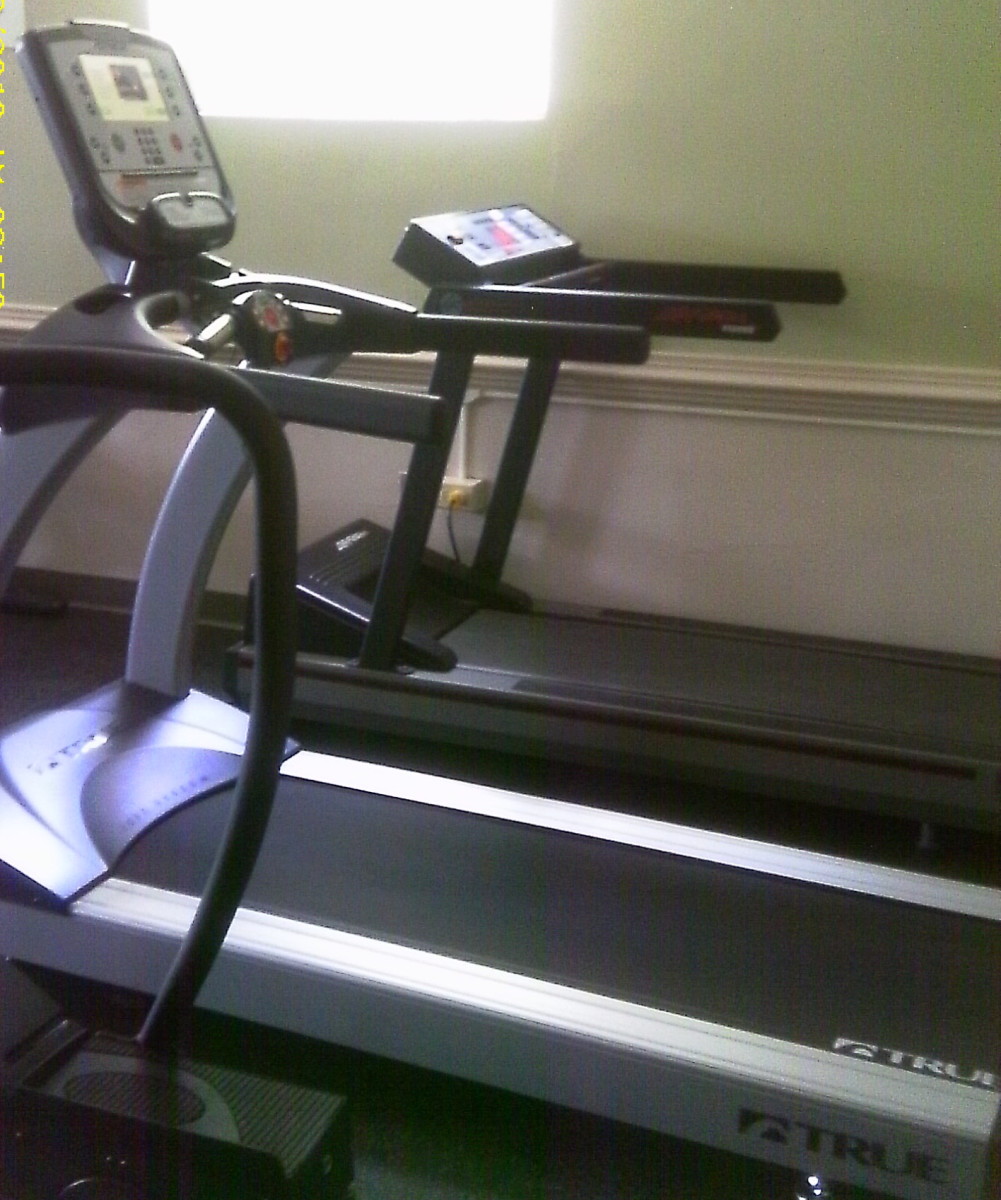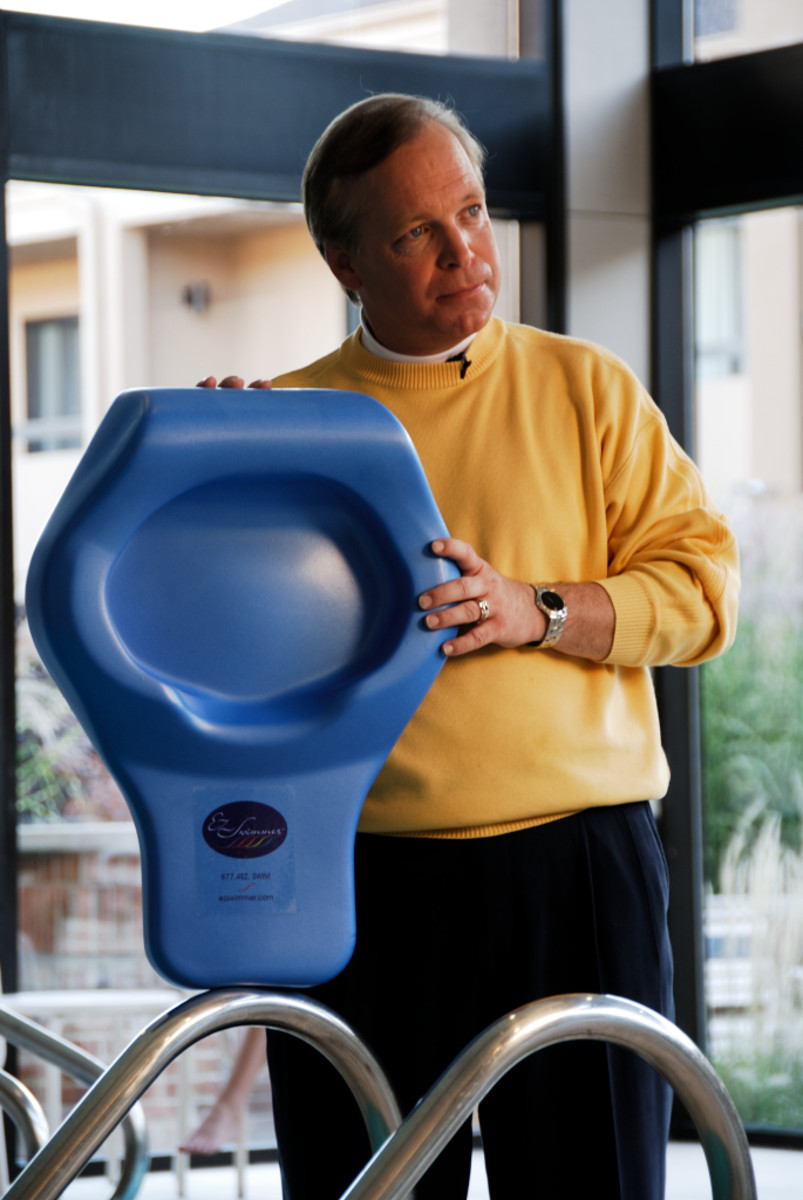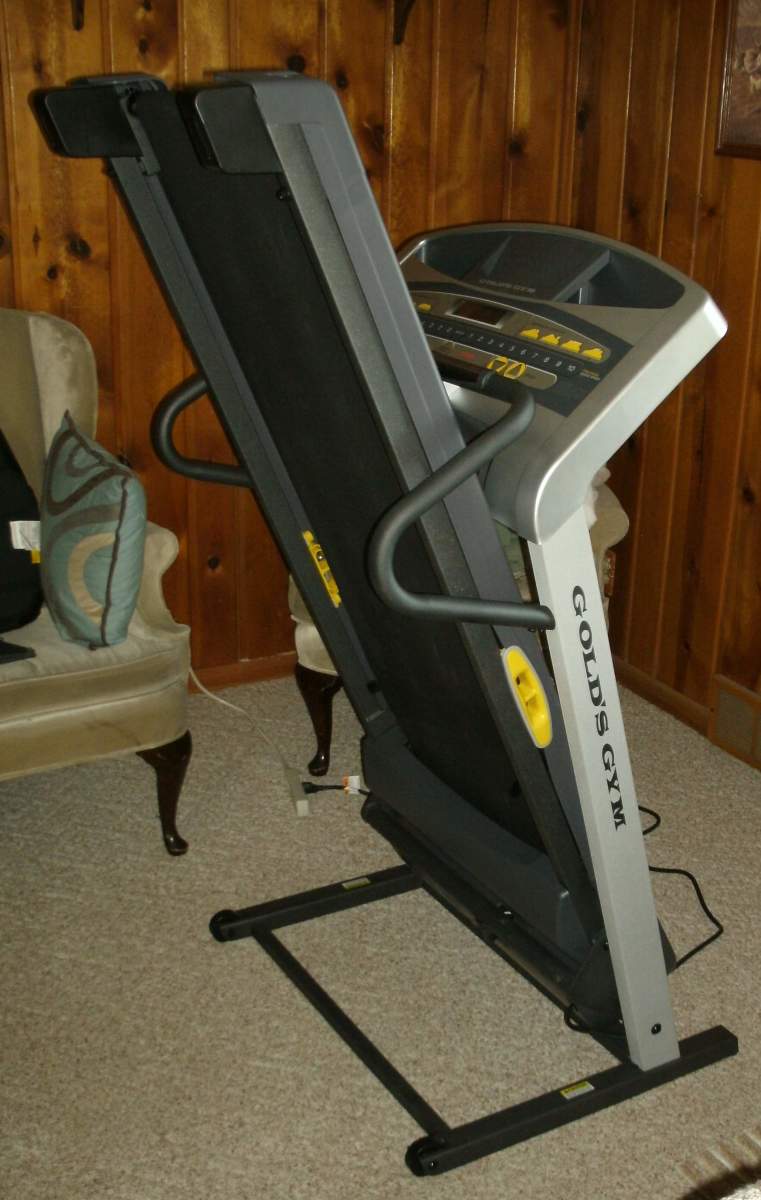The Basics of HIIT Workout
HIIT Workout
High-intensity interval training (HIIT) is a new exercise program that combines bursts of high-intensity activity with recovery periods that works your cardiovascular system. This is far better than a conventional cardiovascular exercise where you do the workout for a long period of time.
There are many advantages of HIIT. Firstly, the amount of time that it takes you to do the exercise is less than the normal cardiovascular workout time. This enables you to get the exercise done in about 30 minutes. Another advantage is that your body will continue to burn calories even after you have completed your workout, unlike a normal cardio workout where your body just burns calories during the exercise and for a short time after.
Since a HIIT workout is so fast-paced and intensive you stay focused and do not become bored as in a longer duration conventional cardiovascular exercise.
HIIT increases both your aerobic and anaerobic endurance. Your aerobic energy delivery system involves the transport of oxygen from outside the body to the cells within muscle tissues and is also the metabolic process by which oxygen reacts with glycogen in the cells to produce energy, water, and carbon dioxide. The body normally uses aerobic respiration for its energy needs, but when the body is engaged in an intense physical activity the oxygen delivery to the cells may be insufficient for aerobic respiration to occur, so anaerobic respiration takes place.
Anaerobic energy delivery occurs when the level of exertion is such that there is insufficient oxygen present for aerobic respiration to occur. This is called the anaerobic threshold and is the point at which anaerobic respiration starts to occur as glycogen in the muscle cells is converted to energy and lactic acid without the use of oxygen. The intense intervals of a HIIT workout drive the muscles into using the anaerobic energy delivery system which improves your stamina.
There several different exercises that can be used for a HIIT workout including running on a treadmill, using a rowing machine, sprinting, or swimming. Try sprinting for about 30 seconds then walk for about 60 seconds to recover and then repeat this cycle about 10 times. Remember to do about 5 minutes of warmup and stretching before and after.
Using a stationary rowing machine is another great way of getting a full body workout. Start with between 3 and 5 minutes of light rowing to warm up. Then 60 seconds of hard flat out rowing, followed by a recovery period of 60 seconds of light rowing. Repeat this cycle of a hard rowing interval then light rowing interval about 10 times. Finally, cool down with 3 to 5 minutes of light rowing. With a rowing machine, you can monitor your progress by checking your split times for the intense interval and for the recovery interval. The split time is average time to row 500 m and is labeled av/500m on a rowing machine. This is an indication of the power of each stroke, in other words, how hard the rower has pulled.








